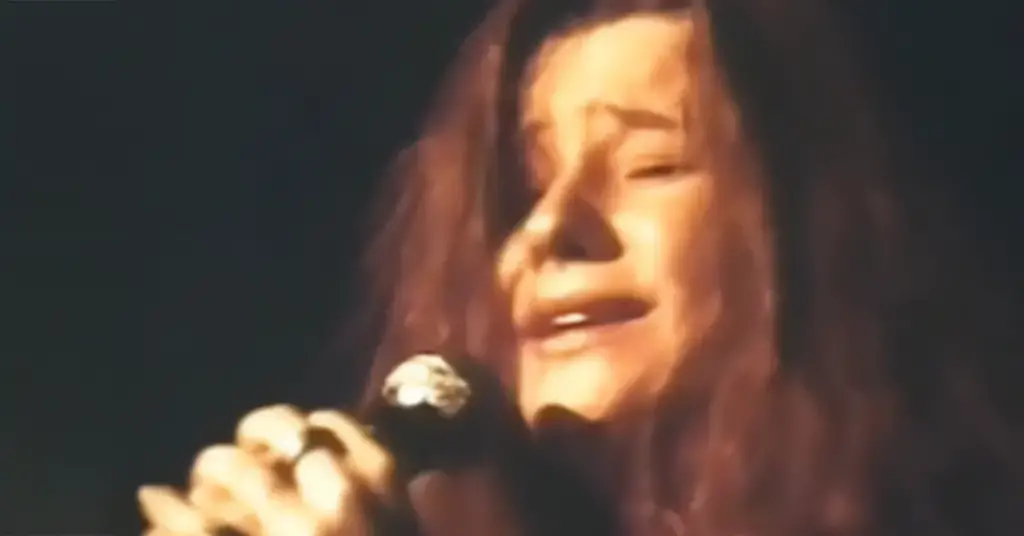Janis Joplin – “Summertime”: A Blues-Rock Masterclass in Emotion
When you think of Janis Joplin, you think of raw power. You think of a voice that could howl like a freight train or whisper like a lover. But if there’s one song that truly captures the full spectrum of her vocal brilliance and emotional depth, it’s her soul-searing version of “Summertime.” A song originally born out of American opera found new, electrifying life in the hands of a woman who turned everything she touched into pure, visceral experience.
The Song’s Roots
“Summertime” was composed by George Gershwin in 1934 for the opera Porgy and Bess, with lyrics by DuBose Heyward. Since then, it has become one of the most covered songs in music history—spanning jazz, blues, pop, soul, and rock. But among the many versions that exist, Janis Joplin’s 1969 recording with Big Brother and the Holding Company stands out as one of the most intense and unforgettable.
Joplin didn’t just sing “Summertime”—she unleashed it.
A Rock-Blues Reinvention
While Gershwin’s original leaned heavily into lullaby-like elegance, Janis turned “Summertime” into a blues-rock explosion. Her version, featured on Cheap Thrills (1968), is drenched in distortion, anchored by Sam Andrew’s psychedelic guitar, and driven by Janis’s incomparable vocal attack.
From the first note, her delivery is spine-chilling. She doesn’t float into the song—she inhabits it, breathes fire into it. As the band simmers behind her, Janis wails with a mix of pain, longing, defiance, and desperate beauty.
“Summertime… and the livin’ is easy…”
—but in Janis’s voice, it’s anything but easy. It’s soulful, gritty, and tragically human.
A Showcase of Janis’s Vocal Power
What makes Janis Joplin’s version so compelling is its emotional honesty. Her voice cracks, screams, dips, and soars. It’s not polished, but it’s real—achingly so. She bends the melody, stretches the phrasing, and turns every line into a personal confession.
She draws from the well of blues greats like Bessie Smith and Big Mama Thornton, infusing “Summertime” with an authenticity that modern listeners can still feel today. It’s blues-rock at its purest—a raw expression of vulnerability and strength.
Cultural Impact and Legacy

Janis’s rendition of “Summertime” came during a time when rock music was experimenting with boundaries, fusing genres, and redefining what could be expressed in a three-minute track. In many ways, her take on this classic marked a collision of high art and counterculture, a bridge between American musical tradition and the rebellious, electric spirit of the late 1960s.
It also cemented her as not just a great rock singer, but a deep interpreter of song. Few could take a standard and make it their own the way she did. Today, her version of “Summertime” continues to inspire vocalists across genres—proof of its lasting power.
Final Thoughts
Janis Joplin’s “Summertime” isn’t just a cover—it’s a reinvention, a resurrection, a revolution. It’s a sonic painting, splattered with the colors of heartbreak, ecstasy, and defiance. She didn’t aim to be technically perfect—she aimed to be truthful, and that truth still hits like a lightning bolt decades later.
In a song that has seen hundreds of interpretations, Janis Joplin’s stands as one of the most unforgettable. It’s proof that the blues isn’t just a genre—it’s a feeling. And no one felt it, lived it, or sang it quite like her.


Facebook Comments